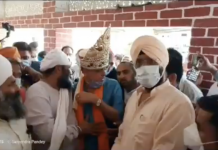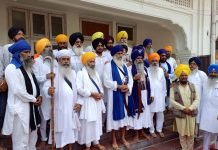1) Sant Jarnail Singh Bhindranwale – Sant Jee was becoming more and more popular. At the start of 1978 not many people in Punjab, let alone outside of Punjab, had heard of him. After the events of Vaisakhi 1978, he became a household name in Punjab and by 1979 he was well known outside of Punjab, and even outside of India. He traveled tirelessly to villages and cities all over India preaching Gurmat. His mission was simple.
“My mission is to administer amrit (initiation ceremony of immortal nectar), to explain the meanings of Gurbani (scripture) and to teach Gurbani to those around me;… the concept that a Hindu should be a true Hindu. A Muslim should be a true Muslim, and a Sikh should be a true Sikh”
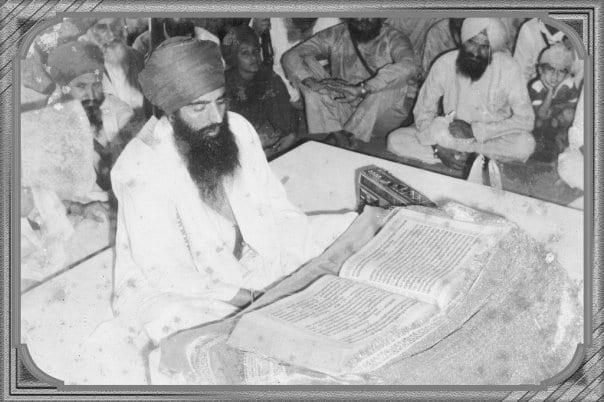


2) 1979 Shiromani Gurdwara Parbandhak Committee (SGPC) Elections – Many Sikh organizations such as the Dal Khalsa apposed the Akalis. Dal Khalsa fielded their own candidates to contest the elections against the Akalis, but they did not have much success.
Sant Jarnail Singh put forth 40 candidates to contest the elections. Including Bhai Amrik Singh from the Beas constituency. The Punjab Government used whatever means necessary to defeat him. Out of the 40 candidates fielded by Sant Jee only 4 won. These 40 were also supported by the Congress Party in order to make the Akali government weak in Punjab.
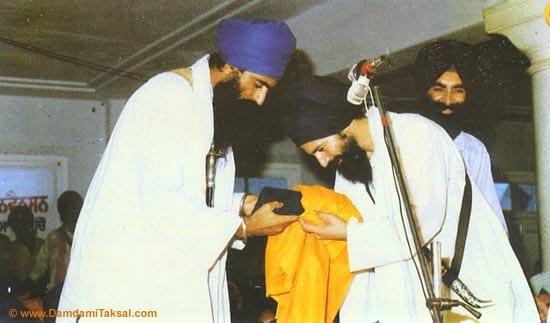


3)Bhai Mengha Singh Babbar – The first Shaheed martyr of Operation Blue Star took Amrit in March of 1979.
Years later on June 1st of 1984, Bhai Sahib was shot in the forehead and fell down.
A nearby Singh asked “Mengha Singh!!! How are you??”
He replied “Chardi Kala!!!”
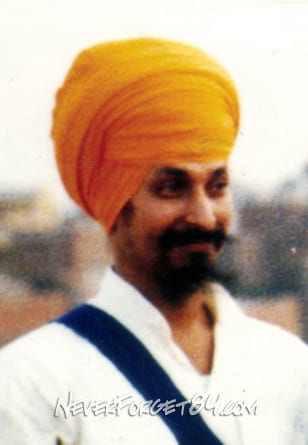


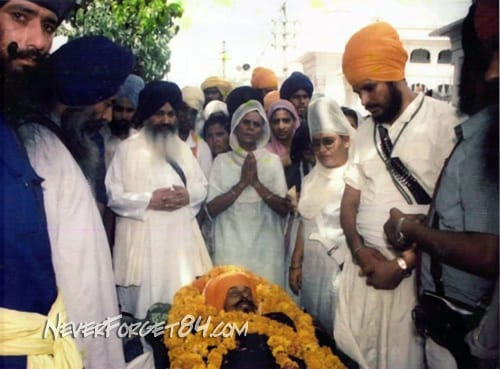


4) State of Emergency in India – Indira Gandhi declared a state of emergency in 1979 so as to remain in power. Sikhs were one of the groups to protest this. It had become clear to Indira Gandhi that Sikhs would be her biggest obstacle in her path to complete power in India. Another interesting story during the 300th Shaheedi martyrdom commemoration of Sri Guru Tegh Bahadur Sahib Jee, Indira Gandhi came onto the stage and immediately everyone stood up to show her respect, even though it was the Darbar (court) of Sri Guru Granth Sahib Jee.
Sant Jee said, “We want to ask Indira Gandhi who achieved the rule of the Delhi government? If you have come here to prostrate to Sri Guru Tegh Bahadur, you have done no great act. If Guru Jee had not become martyred, the master of this throne would have been a Muslim, and everywhere all would be greeted with “Salema Lekham”. You yourself would be under a Burka.”
This irked Indira and started the path towards her Anti-Sikh policies.
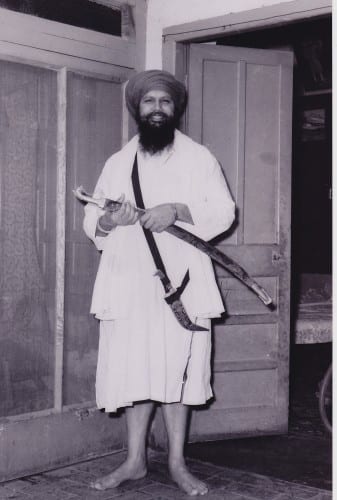


5) Westerners doing Keertan in Darbar Sahib – 1979 was the first time Western Gursikhs did Keertan in Darbar Sahib. They were American Sikhs from California and New Mexico. It was also one of the only times women were allowed to sit with the Keertanis (players of sacred hymns) in Darbar Harmandir Sahib (Golden Temple).
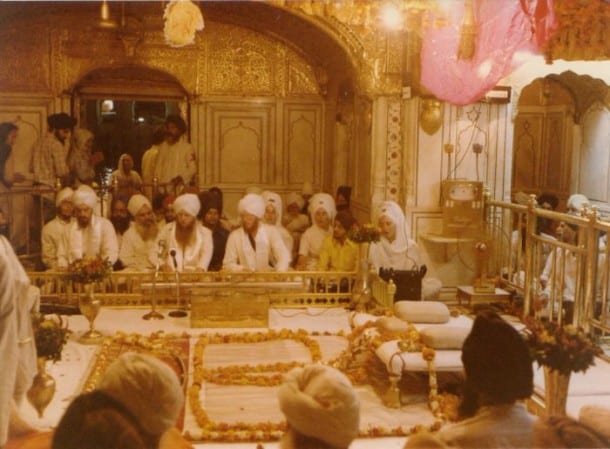


References:
The Sikhs of Punjab By J.S. Grewal
The Gallant Defender By A.R. Darshi


